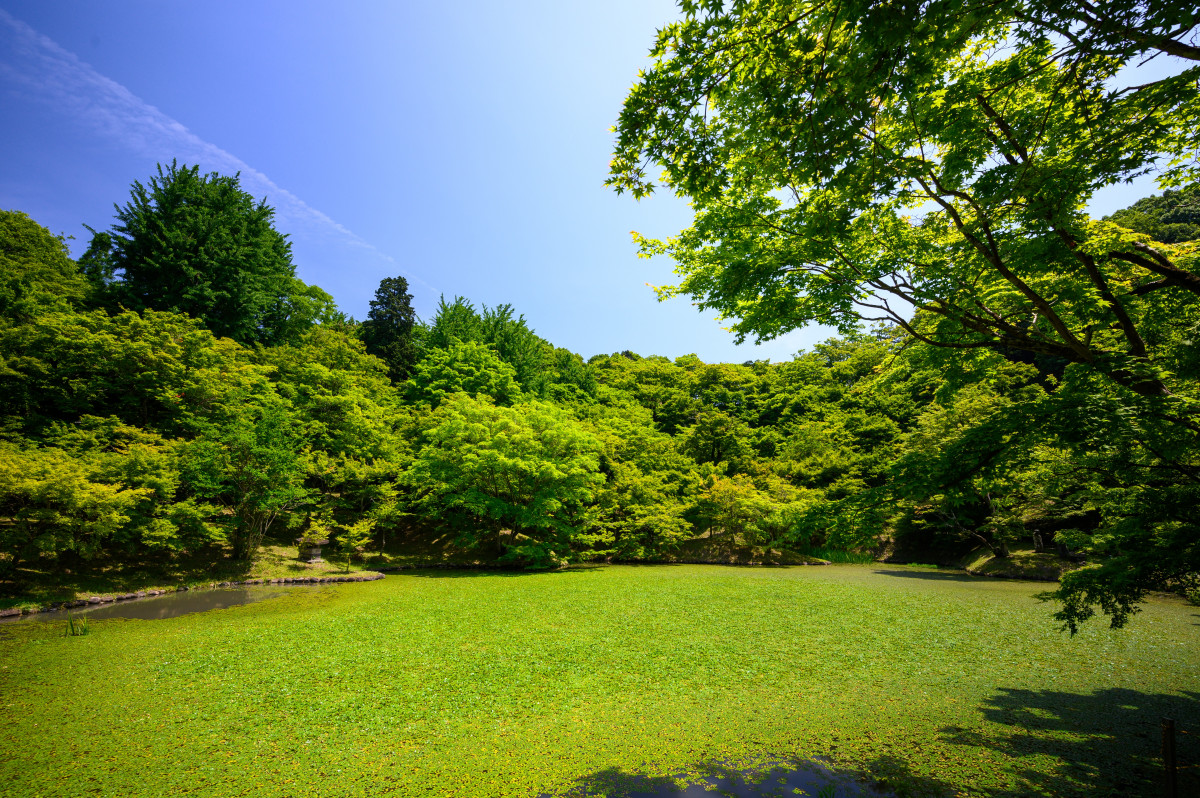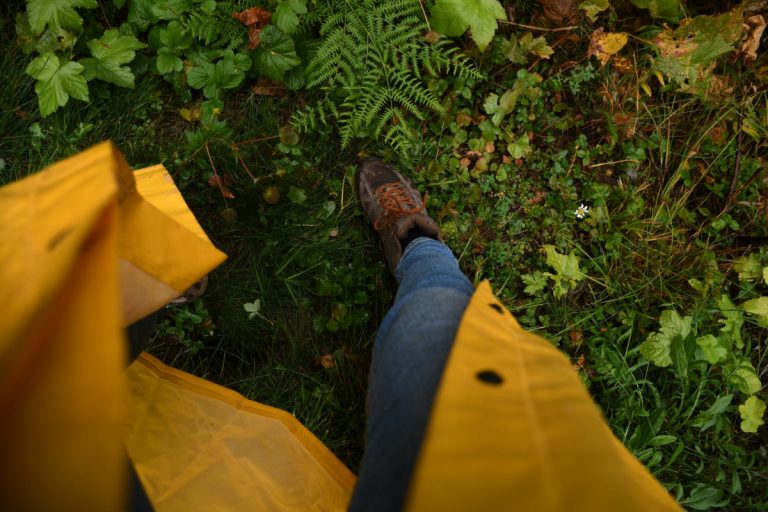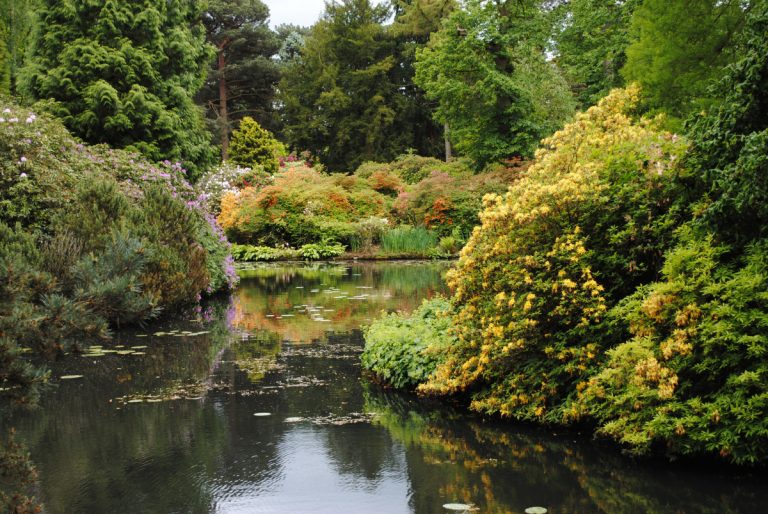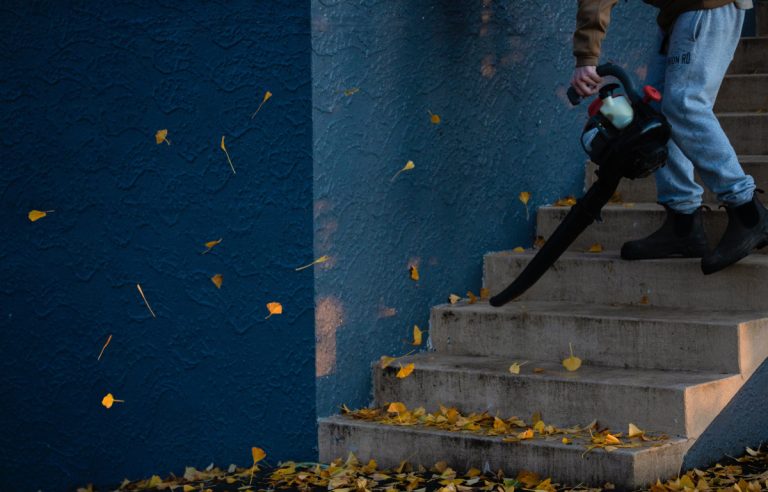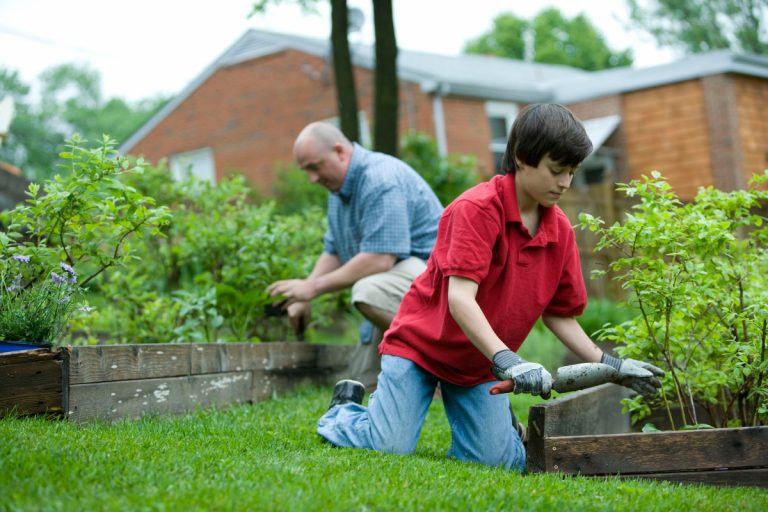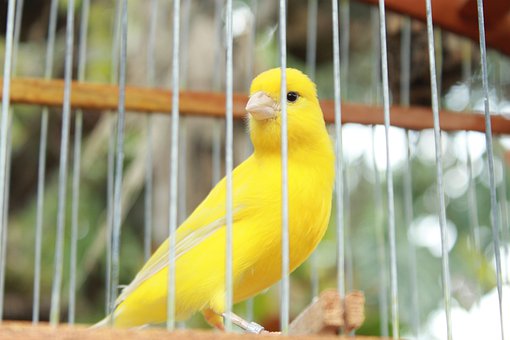What You Need To Know About Traveling Sprinkler – Types, Use, Precautions FAQs 2022
Quick Navigation
What Is A Traveling Sprinkler?
This is an irreplaceable device for all owners of medium and large backyards. How does a traveling sprinkler work? Unlike a stationary sprinkler that’s typically connected to a garden hose, a traveling sprinkler works autonomously and moves all around the area. In other words, a traveling sprinkler reminds of a tractor and moves independently on any even surface. It allows for efficient watering and sustaining of sole moisture.
✅ Best Orbit 58322 Traveling Sprinkler
Great tractor sprinkler that will get folks talking – This is an awesome sprinkler. It’s a miniture tractor with 3 speeds if you count not moving as a speed. Hi speed, low speed and parked and using the shut-off plate that comes with the tractor makes watering fool proof. Set up the hose, place the shut-off plate at the end near the tap and then adjust the arms to water the width you desire. Point the arms slightly down to apply more water to a smaller width, level the arms for the greatest width or aim the arms up to provide spectacle. With the arms up the water shoots up in the air and provides those looking with a sight to behold.
What Are The Different Types Of Lawn Sprinklers?
Why choosing a traveling device? Compare the types of lawn sprinklers.
- Oscillating Sprinklers
These models have a long tube with several holes inside: water goes through these holes, and the pressure makes tube swing back and forth. Although it’s a convenient solution, oscillating sprinklers may not water lawns too far enough. They require the correct placement – once you figure out the perfect location, you will cover a large area easily.
- Rotary & Stationary Sprinklers
Those models have one spinning head and several sprinkler holes: the head spins, and the water is distributed in a circular pattern. As a rule, stationary sprinklers have several sprinkling patterns for specific areas. This is an optimal variant for small lawns, so if you have a large or a long lawn, this is not the best solution. Besides, such models usually work under low pressure.
- Traveling Sprinklers
A traveling lawn sprinkler is a machine that works autonomously and moves around the lawn to water the entire area evenly. Such sprinkles require much pressure to operate. They are designed for large lawns. The only situation when you should not consider such device is if you have pets who might see it as something to chase.
- Impact Sprinklers
In such construction, pressure rises inside and forces water through the spray head. It can cover a partial area or a full circle around it. The main problem of such sprinklers is that they don’t operate well in conditions of low pressure. Besides, they aren’t suitable for freshly-seeded ground. This type of sprinkles is often used in parks and large lawns.
- In-Ground Sprinklers
If you’re okay with an unmovable sprinkler for your small lawn, an in-ground device will be great. Such sprinkles are buried underground and are attached to a hose when needed. The main disadvantage is that in-ground sprinklers are meant to stand in one place, and you may need several of them.
What Are The Critical Traveling Sprinkler Parts & Components?
The traveling sprinkler system can seem to be a bit complicated. The main unit is meant to be attached to a garden hose. The machine itself reminds of a small tractor with two rear wheels, and one front wheel. The rear wheels feature thorns for better passing ability on grass, soil, or sand. The front wheel rotates through the pipe, while limiters don’t let it move to the side.
The sprinkler is placed on the top, and it emits a torrent of water in different directions. The sprayer is adjustable: you can regulate its angle (it can cover 10-55 feet). In some models, the head and speed are adjusted, as well. There’s no additional equipment required for a traveling sprinkler to move – it doesn’t need electricity and can be placed on any site. Such equipment is driven by pressure. For this reason, traveling sprinkler repair and maintenance is pretty simple.
How to Purchase a Perfect Traveling Sprinkler?
There are a few things to be considered to buy an efficient and reliable traveling sprinkler tractor for your lawn.
- Warranty And Maintenance
The vast majority of machine manufacturers provide at least 1-year warranty for their production. Beware of the brands that don’t give any guarantees: you won’t be able to get your money back in case of malfunctions and damages. The longer warranty is, the longer you’ll be able to have the device repaired or replaced for free.
As soon as the warranty period is over, you’ll have to maintain the device on your own. If you’re tech-savvy enough, you can choose any construction. If not, select a traveling sprinkler that’s simple in care: it should have a non-complicated construction, and the process of assembly should be a no brainer
- Lawn Size
What you should consider is the area of your lawn, as well as the evenness of the ground. Modern traveling sprinklers can reach up to 200 inches by spraying water to 10-55 feet. The larger your lawn is, the higher this variable should be. If you have a huge lawn, find a special large area traveling sprinkler that can work with longer hoses and lower pressure.
Note that if you have a lawn with small hills that hinder movement, you should rather select a traveling sprinkler with large wheels: they will easily overcome every twist and turn. For perfectly even terrain, sprinklers with small wheels will do.
- Sprinkler Quality & Materials
We get what we pay for. If you want a machine that will serve you for years, spare extra bucks for a reliable sprinkler made of cast iron, and it will serve you for 10 years or even more. Alternatively, constructions made of stainless steel can be used. Cheap plastic machines are not suitable for heavy-duty work.
- Water Pressure
As a rule, traveling sprinklers require a high pressure to operate normally: they’re driven by it. If you have weak pipe pressure, you will need to make a thorough research to find a suitable model.
- Durability and Easy Repair
We all want to use durable and long-lasting techniques. In order to find a worthy model, read user reviews on independent websites, and don’t hesitate to ask people their opinion about this or that sprinkler. It will help you to make the right choice. Traveling sprinklers have pretty much the same construction, but if you don’t have any technical knowledge, choose the model that would be easy in maintenance. One look at the user manual will be enough for you to understand whether you’ll be able to handle a machine.
Fast Facts About Traveling Sprinklers
- Modern traveling sprinklers work thanks to water propulsion: they don’t need electricity because the motor is activated by the pressure instead.
- Excessive use of lawn sprinklers can make lawn too moisturized and wash fertilizers away.
- The best time for watering lawn is between 5 AM and 10 AM because you’ll face less water evaporation.
- During cold winters, a yardworks traveling sprinkler should be stored at home to avoid damage to its spare parts.
- Most traveling sprinklers are made of cast iron to stay weather resistant.
How To Use A Traveling Sprinkler?
Here are the basic steps for using a traveling water sprinkler correctly.
- Assemble the unit. As a rule, the mechanism and the cover are delivered non-assembled, but you won’t have any problems attaching them to one another.
- Insert the arms to the spray head and tighten them to fix in the right place. Point arms to set up the required spray coverage. For example, they can be bent low to cover a 15 ft area or face up to water 55 ft of area. Tilt the arms to that they wouldn’t touch the base.
- Attach the water hose to the unit and lay out the watering path – a sprinkler will follow it going exactly the length of the hose. Make turns smooth for the traveling water sprinkler to stay on the track. To prevent kinking, the end of the garden pipe should be attached to the sprinkler with a 3 ft loop.
- Place the shut-off ramp at the place where you want the sprinkler to stop. Some ramps feature spikes to fit in the place better.
- Put the sprinkler on the top of the hose so that its front wheel would be on it within the grooves, and the back wheels would be on either side of the hose.
- Set the speed of sprinkler. Note that “neutral�? mode means sprinkler stops and waters in one spot. Now pull the stopper on the bottom of the machine, and turn the faucet to supply water.
- As soon as sprinkler finishes working, lay out a new path, or detach the hose. Unscrew the hose a bit to reduce the pressure, if the stopper on the bottom doesn’t pull down.
Traveling Sprinkler: Safety Rules and Other Tips
Even if you have the best traveling sprinkler, there are some things to consider:
- Don’t go overboard with watering. If you deep-water plants every day, they can rot and lack oxygen. The best time for watering – in the morning, the worst – overnight.
- Keep pressure in the range of 40-60 psi.
- Make sure there are no barriers to the sprinkler’s way. Otherwise, it will get stuck.
- Note that extreme weather conditions can harm the sprinkler, so observe it after storms or rains.
- Lack of lubrication can cause the breaking of the system.
What are the Precautions When Using A Traveling Sprinkler?
Keep the pressure within the recommended limit of 40-60 psi. Make sure there are no hindrances on the sprinkler’s way. Keep children and pets away from it.
How Far Can A Travelling Sprinkler Spray?
The vast majority of traditional sprinklers have spray coverage up to 50 feet. Industrial ones have spray coverage of 100 ft and more.
How To Clean And Maintain Travelling Sprinkler?
Wash the wheels with clean water, and lubricate the mechanism components from time to time (according to the best traveling sprinkler reviews, it should be done once in 1-2 months). No special cleaning agents are required. Store your sprinkler away from direct sunlight.
Why Won’t My Traveling Sprinkler Move?
There are three main explanations for that. First, there isn’t enough water pressure in the hose and the flow of water should be stronger. Secondly, the sprinkler has some hindrance on its way, or the hose angle is too sharp for it to turn. Thirdly, the sprinkler mechanism is damaged or assembled in the wrong way. In this case, you should examine the machine thoroughly and make sure all connections are correct.
How Much Water Pressure I Need For My Traveling Sprinkler?
Most traveling sprinklers require the pressure of 40-60 psi to be up and running.
What Is The Flow Of Water Of Traveling Sprinkler?
This flow goes from the garden hose attached directly to the sprinkler. In other words, the sprinkler drags the hose underwater pressure and distributes water over your lawn.
===> Find Even More Related Good Ideas ===>
Other Garden Enthusiast Are Reading:
✅ Trending
- 10 Best Rear Tine Tiller Compared And Reviewed 2022: Breaking New Ground Without A Hitch
- Best Backpack Sprayer 2022: Complete Buyer’s Guide For Fertilizers, Herbicides & Pesticides
- Best 10 Herbicide Of 2022 For Maintaining A Clean & Healthy Yard Reviewed
✅ Outdoor Garden Design And Tips
- Everything You Need To Know Of The Common Heliotrope 2022 | Benefits, Uses, Remedies, Cures & Side-Effects
- Guide To Understand The Jew’s Ear Mushroom 2022 | Benefits, Uses, Remedies, Cures & Side-Effects
- Why You Must Properly Fledge Parrots: The Importance And Benefits Of Fledging Young Parrots 2022
✅ Indoor Design And Tips
- The Best Bed Bug Killer Spray 2022- Permanently And Quickly Get Rid Of Pest
- How To Get The Perfect Mosquito Trap? Everything You Need To Know: Types, Designs, Safety FAQs 2022
- The Best Grow Box To Cultivate As A Pro Reviewed 2022: Incubate Your Perfect Indoor Greenery Garden
✅ Even More Great Products
- The Best Garden Tiller 2022: Working In Garden Is No Longer Painful
- Best Grill Covers 2022: Keep Your Grill Clean And Weather-Protected
- How To Choose An Electric Tiller For Garden? (2022 Buyer’s Guide)
✅ Sustainable Lifestyle Products And Tips

